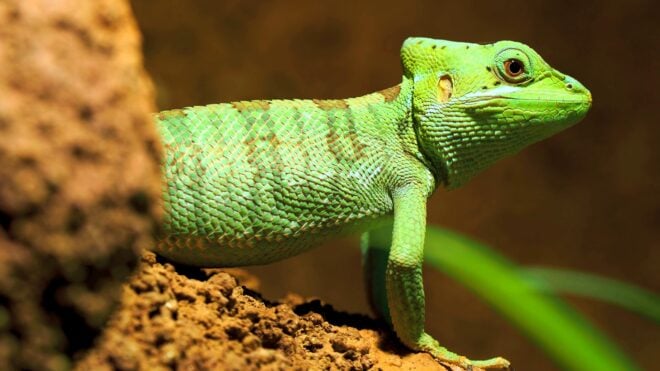For most of us, the word “lobster” usually conjures up a delicious, savory meal, one only eaten on special occasions because of its exorbitant price.
Most of us aren’t likely to focus the husbandry and fishing of the lobsters, unless we’re keeping an eye out for a particularly abundant catch that drives the market price down.
But every now and then, a lobsterman catches a crustacean so remarkable, the whole world can’t help but turn around and look, like when an enormous 23-pound lobster was caught in the Bay of Fundy in Maine.
That enormous lobster was estimated to be 95 years old and released back in the water, but even his impressive fame doesn’t stand up to the latest lobster legend making the rounds in the news.
A fisherman off of Cape Cod made waves this week when he pulled up an exceptional bright blue lobster in his trap. Now, folks up and down the coast are watching and waiting to see what will happen to the magnificent creature.
Scroll through the gallery below to take a look at this cool marine animal, and learn more about the history of blue lobsters!
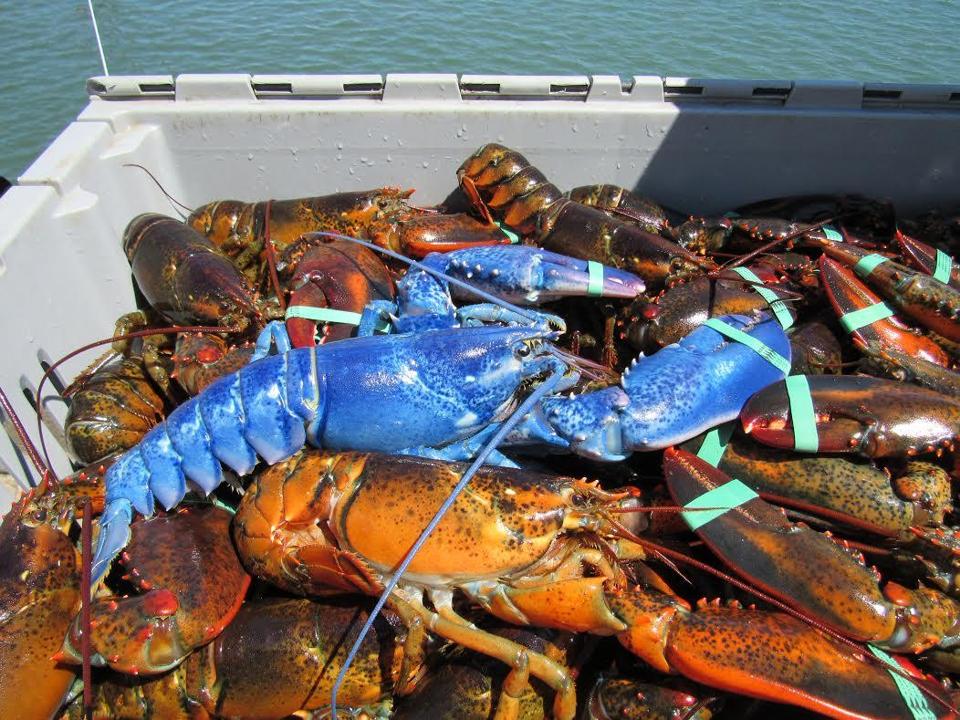
This past week, a Massachusetts man named Wayne Nickerson caught the media's attention when he went out lobstering and pulled up a vivid blue crustacean along with his regular haul.
His wife quickly christened the shellfish "Bleu" and snapped a picture of the animal, which she posted online.
Though we have no doubt that Nickerson sold off the rest of his catch, it's clear that the couple realized early on that they had something special in their hands.
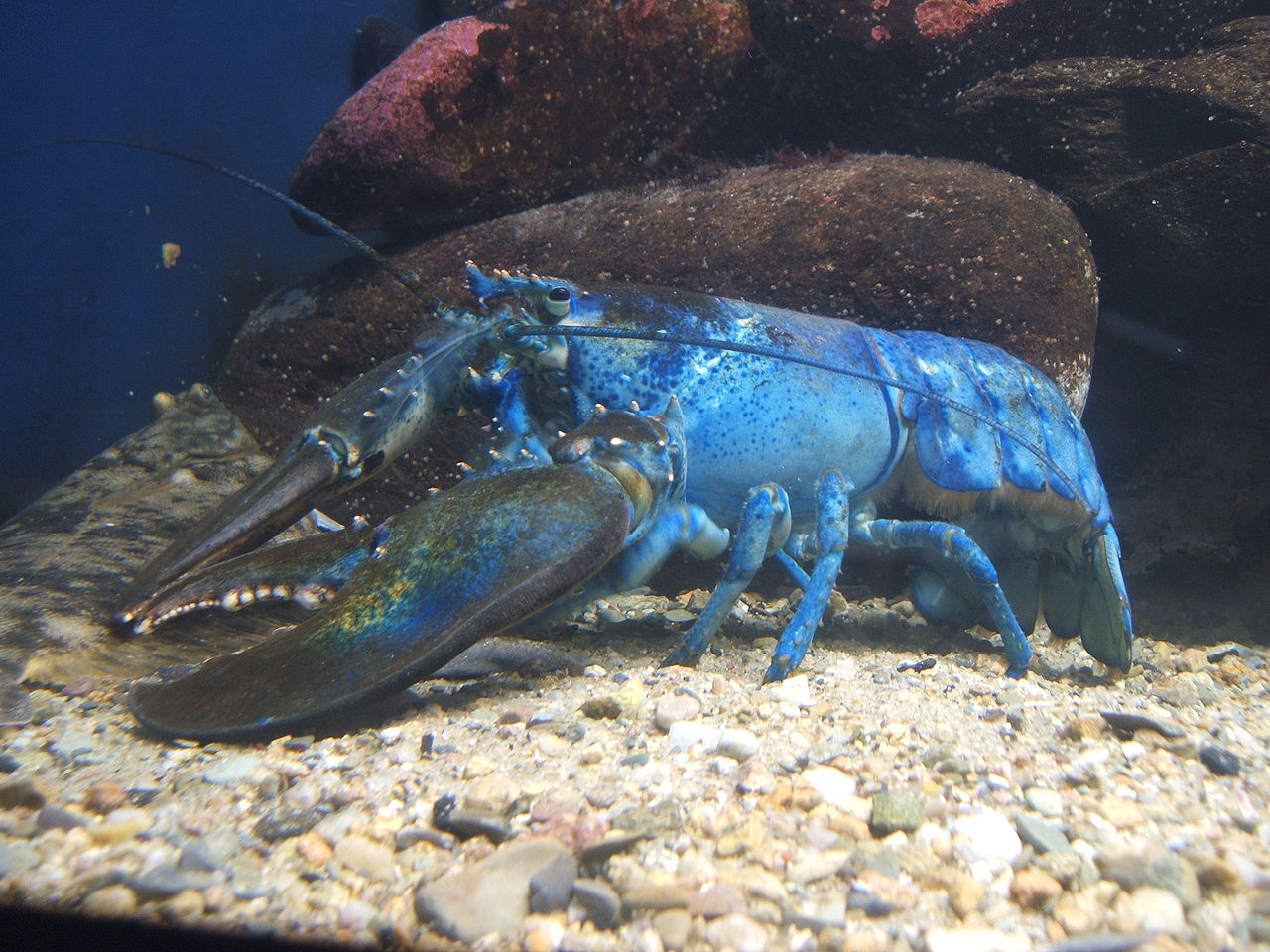
Though scholars do dispute how often blue lobsters appear, the Lobster Institute at the University of Maine puts the number somewhere around one in 2 million, making the odds of capturing this creature pretty exceptional.
Even more remarkable, Nickerson claims to have caught a blue lobster once before, many years ago.
Now, given a second shot at capturing the elusive creature, Nickerson hopes to give the lobster a new life at the New England Aquarium in Boston.
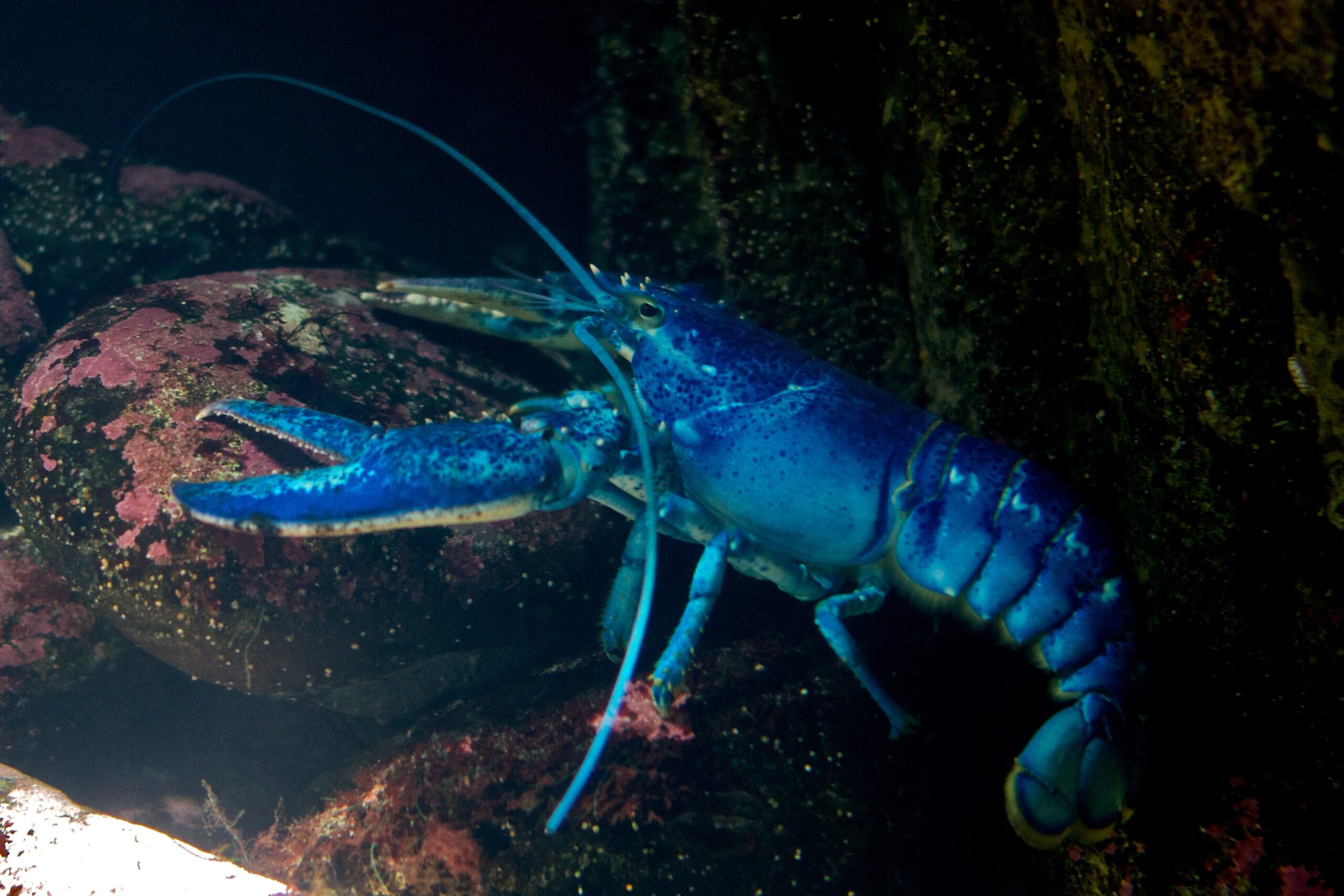
The New England Aquarium is already home to a few unusually colored lobsters.
The nationally renowned aquarium hosts a handful of blue lobsters, in addition to a few colors that are even more rare, like pure white albino lobsters.
They also have a few lobsters that are bright red, orange, or yellow — colors you don't normally see in the crustaceans when they are alive.
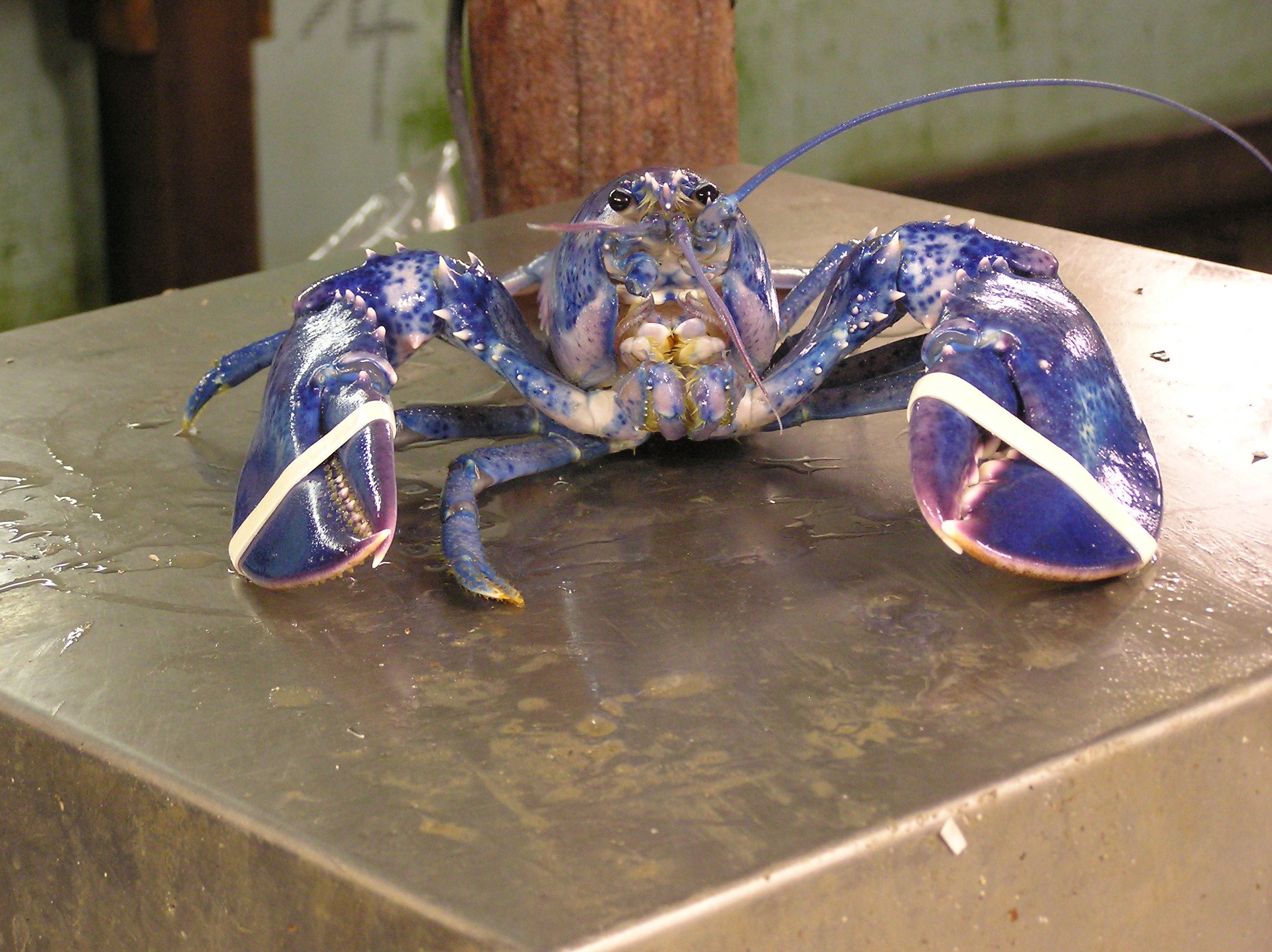
The majority of lobsters living off the American coast are a greenish-brown color, with reddish hints around the edges of their claws and shells.
Meanwhile, lobsters living off of the European coast tend to be a very dark shade of blue-brown naturally, but don't have the vivid iridescent coloring of truly rare creatures like Bleu.
Lobsters don't turn bright red until they have been cooked, when the proteins in their shell undergo a chemical change.
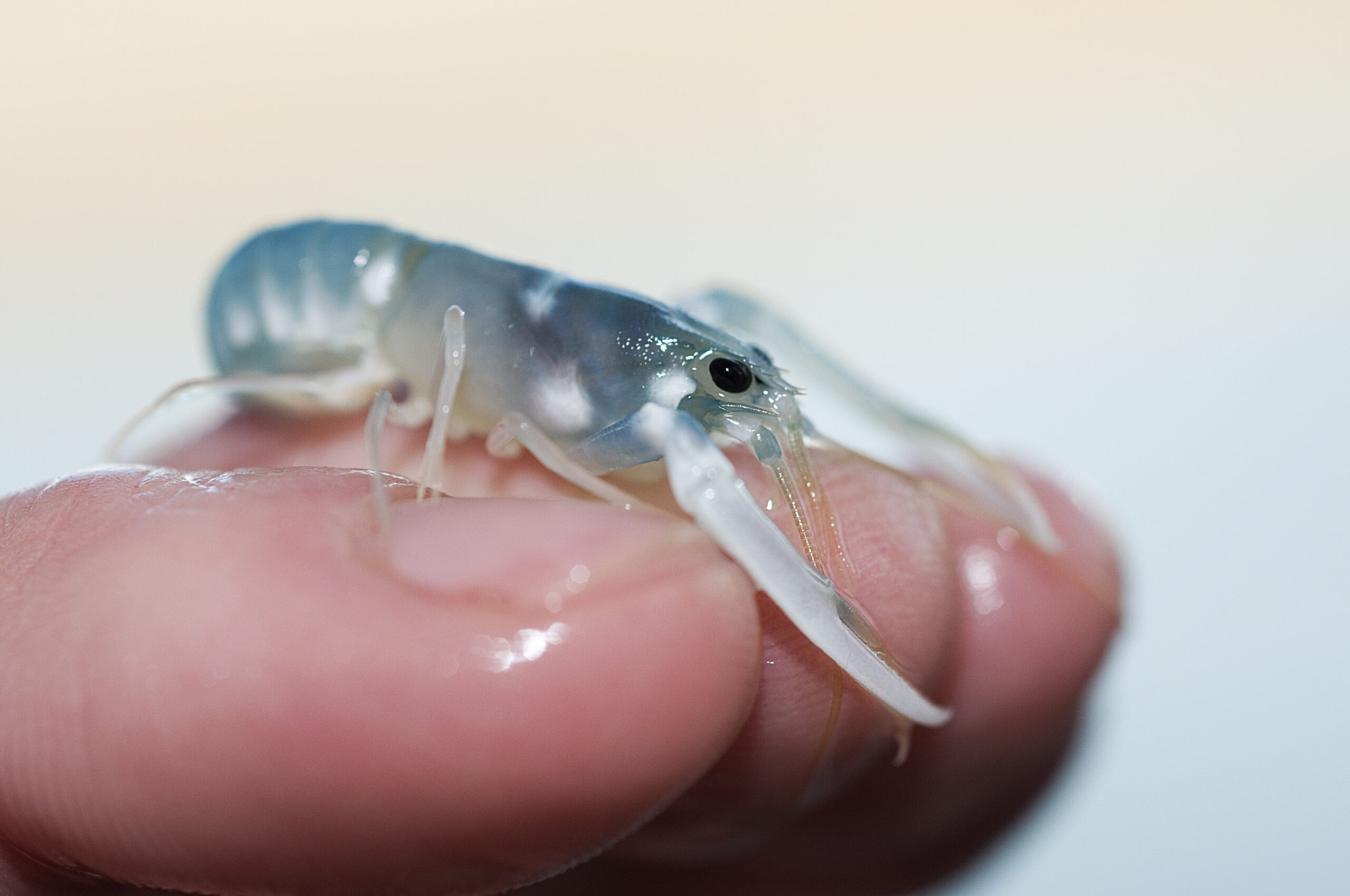
The cause of the vivid blue coloring may have to do with how the lobster develops.
For example, this juvenile European lobster is a fairly bright shade of blue-gray, even though it will most likely develop into a normal dark-blue or brown adult lobster.
Lobsters that develop bright blue have a genetic mutation that causes them to produce more of the bluish protein and not enough of the reddish pigment that colors most adult lobsters' shells.
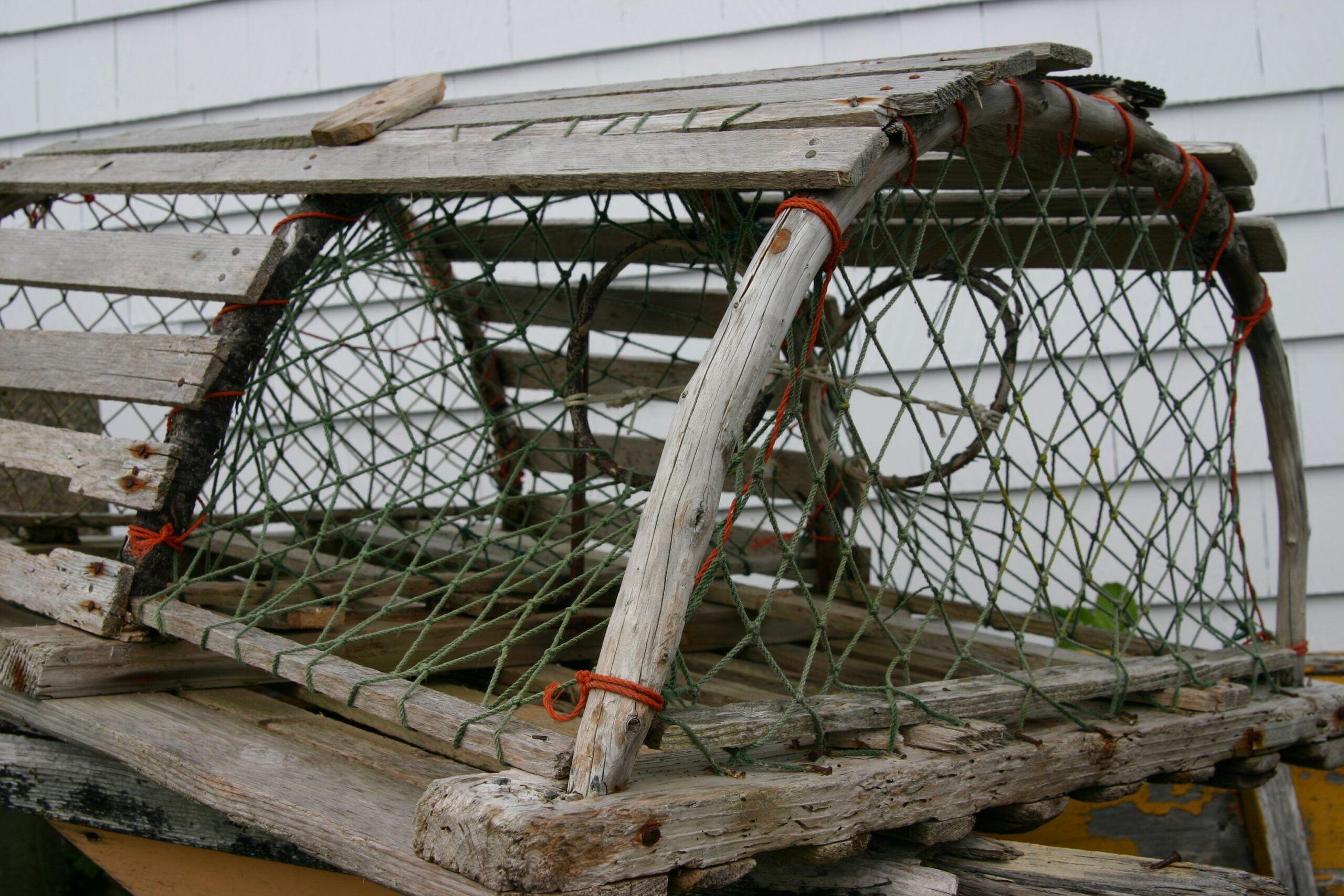
In Bleu's case, a genetic quirk might be his ticket to cushy living.
East Coast lobsters are still captured using lobster pots like the one pictured above and can't usually be captured in large quantities.
Because the small size of the catches means that every load is visually inspected, and because lobsters must be delivered alive, most unusual or exceptional lobsters are spotted long before they're in any danger of ending up on the table.
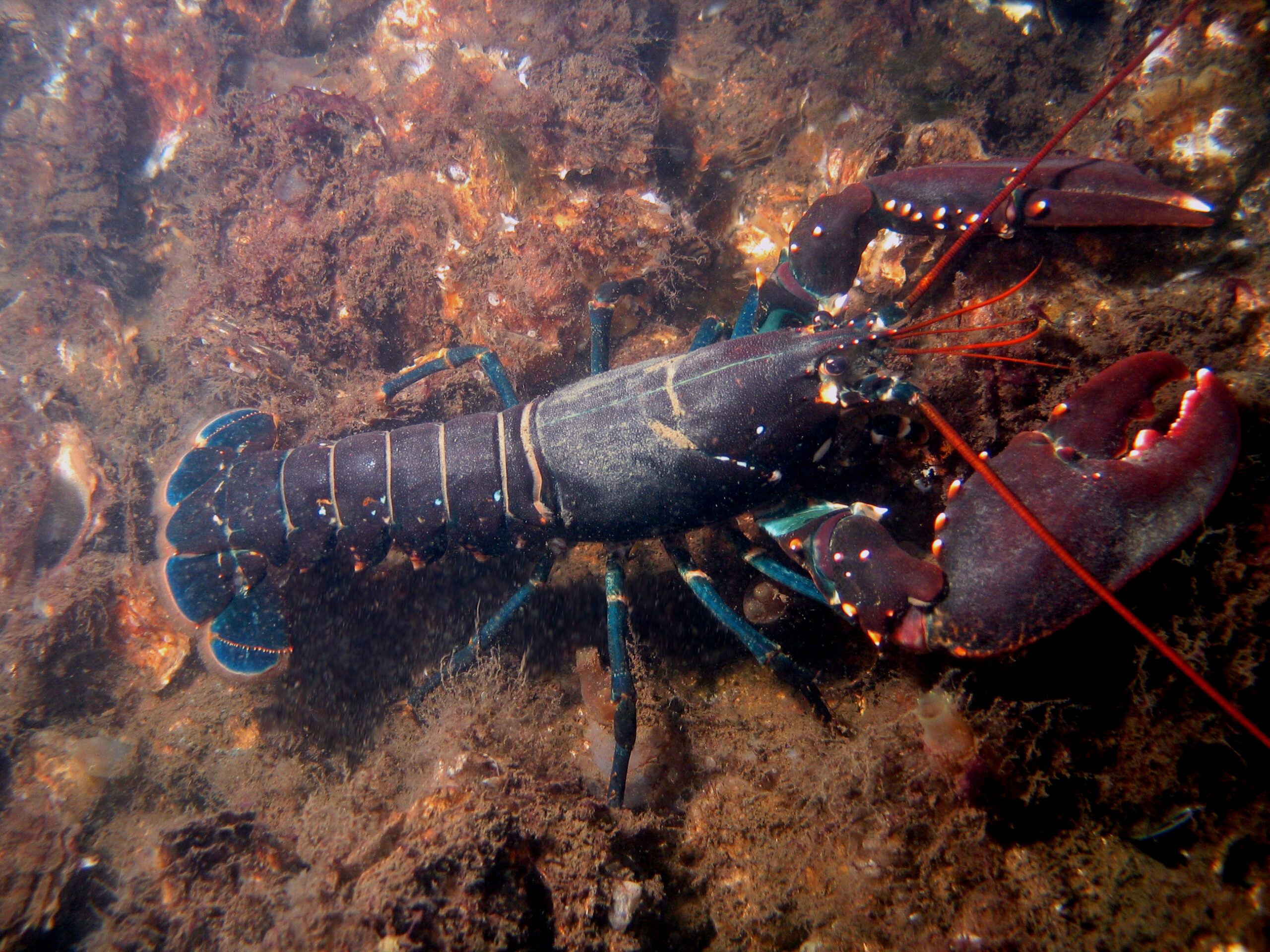
Bleu, if he is accepted into the New England Aquarium, will enjoy a life in the lobster lap of luxury, along with a few other exceptionally colored cohorts.
Even if the aquarium doesn't have room, he'll never end up in a bowl of bisque, but will more likely be kept on display in a smaller institution or a restaurant for a month or two, and then released back into the ocean, to continue living a blissful blue life.
If you were fascinated to learn more about the background of these unique creatures, please make sure to SHARE on Facebook!



